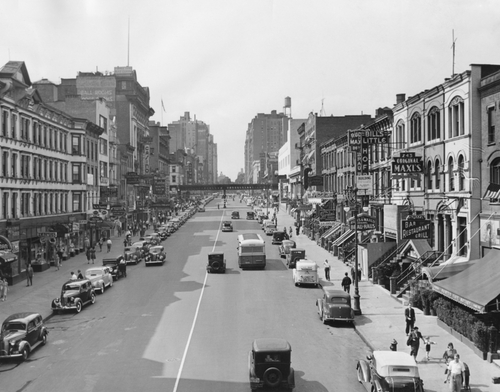In the February 13th issue of the DOL News Brief, we learned that in the 1930s, two iconic figures of the times had an impact on the Federal Labor Standards Act.

The “angel” was Shirley Temple, America’s curly-haired darling, who lifted the nation’s spirits during the Depression and earned, says the article (quoting the Washington Post) the 7th highest income in the country. Shirley went on to serve her country as Diplomat Shirley Temple Black.
The little actress starred in numerous movies during the decade, prompting Vanity Fair magazine to publish “a famous tongue-in-cheek ‘imagined meeting’” between Temple and Secretary Frances Perkins where they discussed child labor.
Secretary Perkins is our “saint.” Although a layman, Perkins was given an optional commemoration in 2009 by the Episcopal Church for her inspirational spirit and good works, including being critical to implementation of the New Deal, Social Security, unemployment insurance, wage and hour issues, labor and child labor laws, and workplace safety laws (see our Strange but True article on Perkins from 2013).
And 1938, says the DOL News Brief, the year Temple starred in Rebecca of Sunnybrook Farm, “Congress passed the Fair Labor Standards Act, which regulated compensation and also established limits on child labor and contained what was then known as the ‘Shirley Temple Clause’—exempting child performers from some of its requirements, due in part to Temple’s example, which served as a flashpoint for the bill’s supporters and opponents.”
